There can be your advertisement
300x150
14 Flowers You Can Plant in March
To enjoy a vibrant and fragrant garden on your plot, you should start planting flowers now
March is an excellent month for preparing a summer flower bed. We've selected various plant options that can sprout on your dacha in just a few months.
Echinacea
Pink, yellow, raspberry, and white petals of echinacea are a true magnet for bees and butterflies. If you plant these flowers in your garden, it will definitely come alive with new colors.
However, its flowering period falls in mid-July, about a year after planting. It's important to sow the seedlings before the 20th of March, so you still have time.
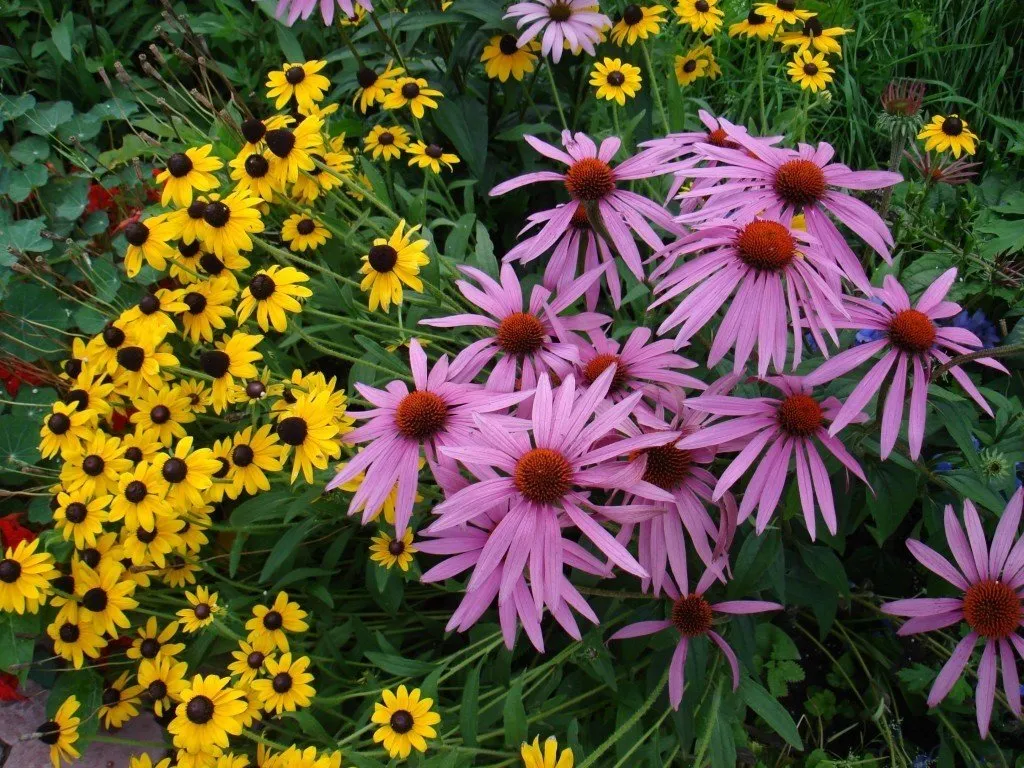
Lobularia (annual alyssum)
You can observe this plant on urban flower beds—it grows as a dense and beautiful carpet. Lobularia includes over 100 subspecies and is sown from mid-March to early April.
To help seeds germinate, they should be lightly dusted with moist soil—seedlings will appear in 10–12 days. The optimal time for transplanting into the ground is the end of May.
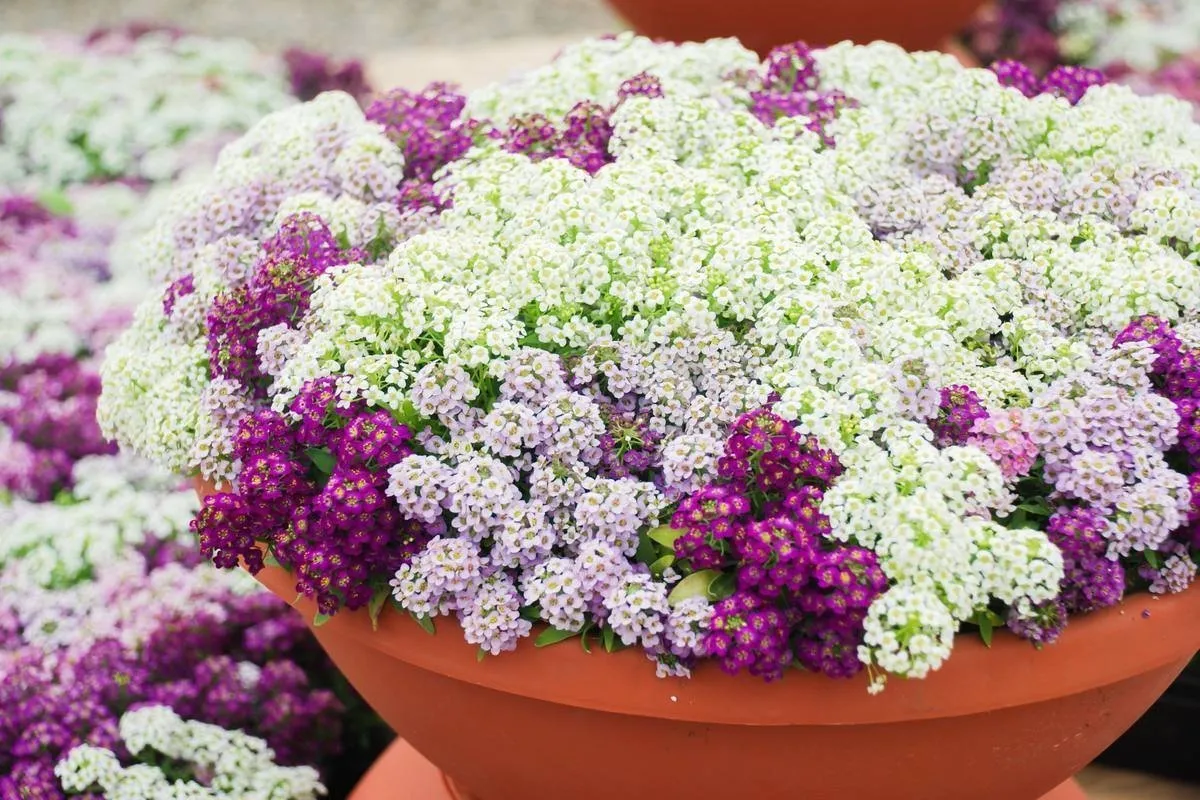
Verbena
A low-maintenance and elegant flower to admire until the first frost.
However, do not delay with seedlings—seeds should be sown before March 20th, pre-soaked in a growth stimulator. It is important to remember that seedlings should not be covered with soil during sowing.
Verbena will germinate in 15–20 days, and it can be transplanted into the ground in the second half of May.
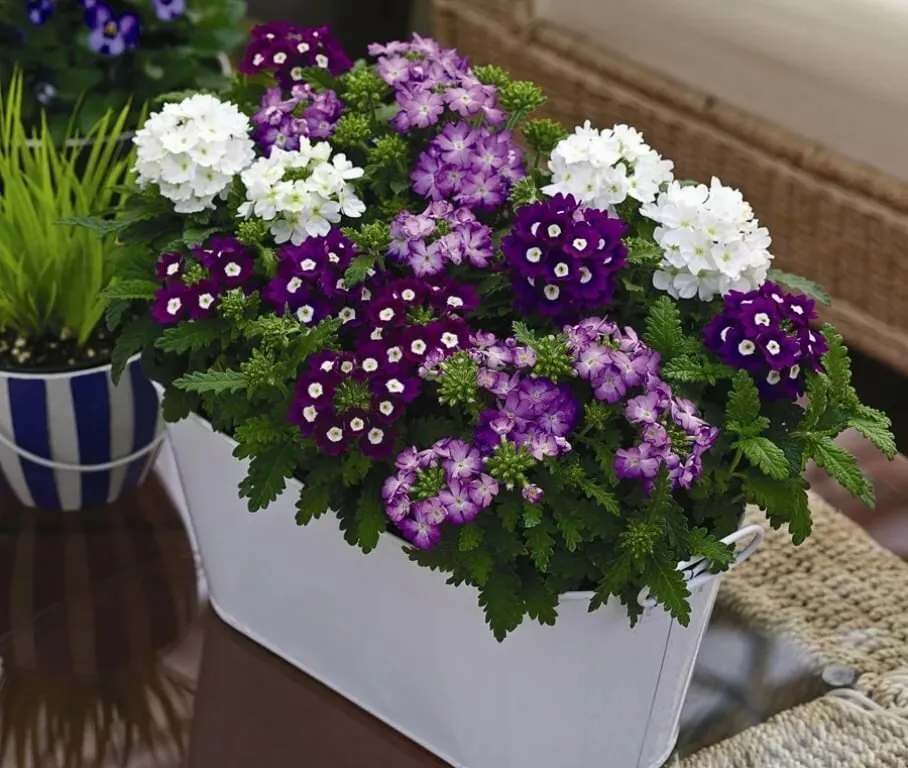
Clematis
This flower is named after its climbing vine, which can reach up to five meters in height. It is advisable to sow clematis seeds by the end of March—and they will bloom actively in summer.

Iberis
Fragrant Iberis often decorates alpine hills. The plant exists in five forms: bitter, umbrella-shaped, feathery, evergreen, and gibbular.
Its flowering begins in May–June, so there is no rush with seedlings: sow seeds until April, and transplant to sunlit areas in May.

Cleome
Flowering actively from June until frost, cleome will make your garden unique and attract hundreds of bees.
Seeds should be sown at a depth of 1.5 cm, and once they germinate, transplant them into pots. It is best to move the plant to the garden in the second half of May. Flowers should be spaced 50 cm apart.
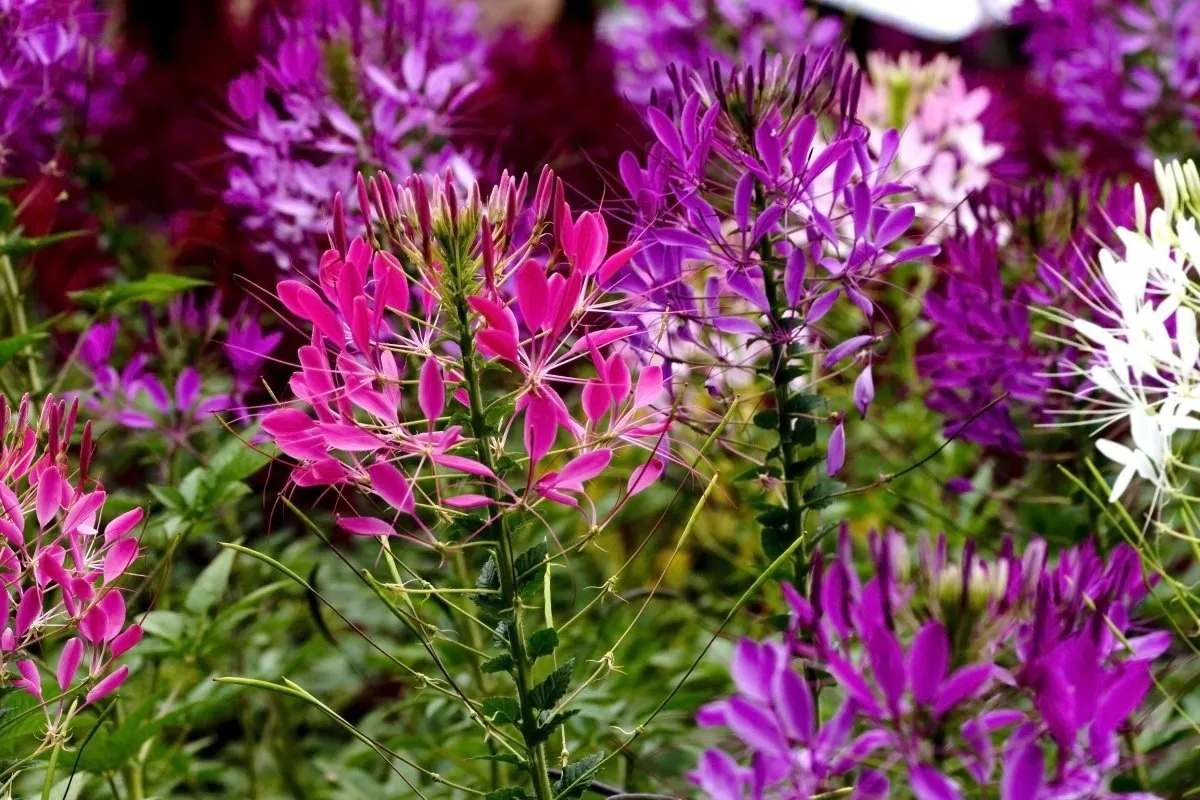
Cobaea scandens
This climbing plant blooms until October and is perfect for greening balconies or gazebos.
Planting Cobaea should be done before the 20th of March, pre-soaking seeds in a growth stimulator. Transplanting to lawn or soil is acceptable in early June—this flower does not tolerate spring frosts.

Campanula
Campanulas include 300 species—ranging from two-meter giants to five-centimeter dwarfs. In our country, only 13 varieties of these flowers can be found.
Seeds should be sown on the surface without covering with soil. Seedlings should appear within a week.

Dianthus
Abundantly and long-blooming Dianthus has undeniable advantages over its relatives: it is drought-resistant and can germinate between stones.
For seeds to sprout, it takes three months, so start sowing in March.
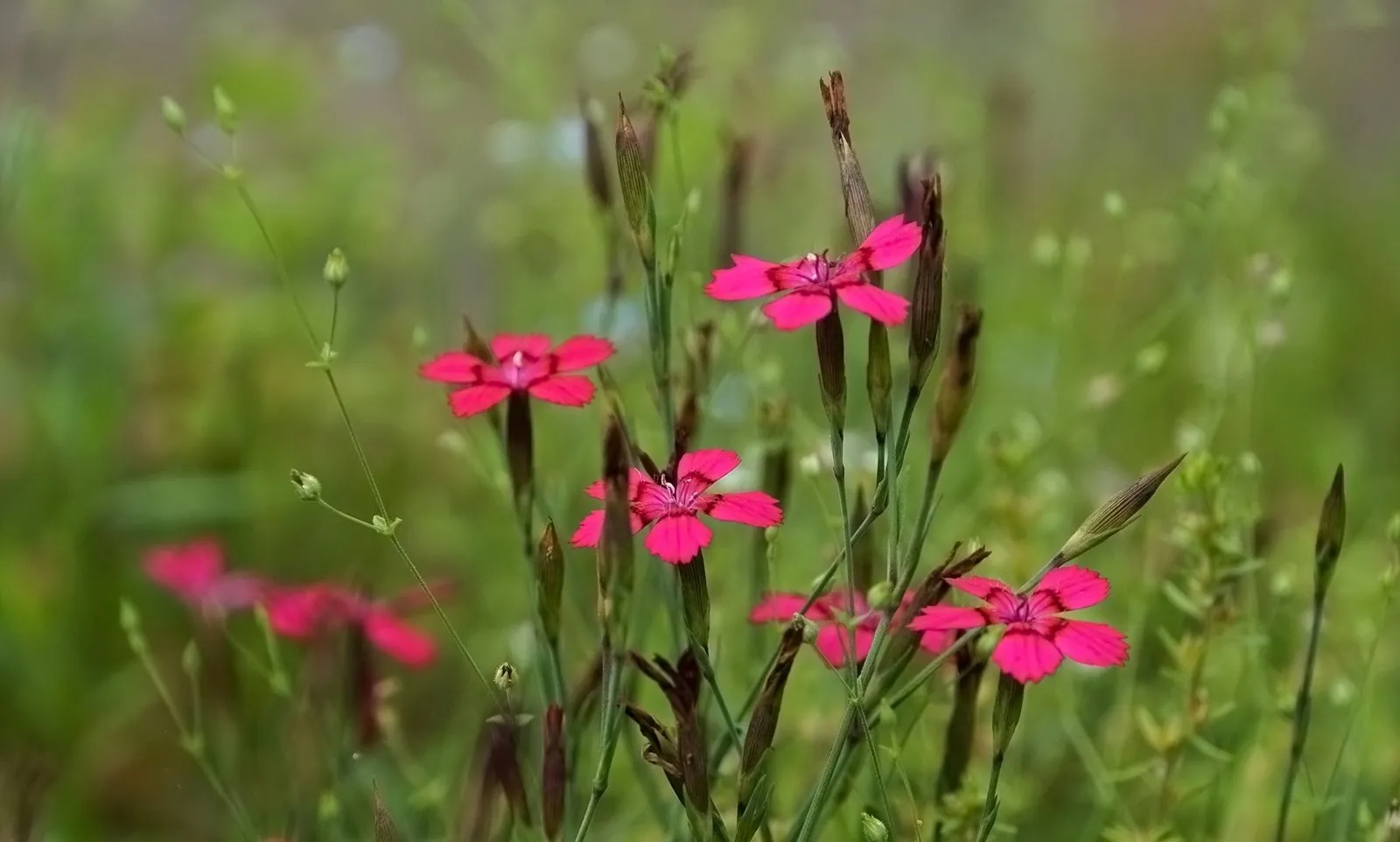
Brahia Iberis
A very resilient flower that can be sown until the 20th of March. Seeds should only be lightly pressed into the soil.
It is best to transplant brahia into hanging baskets or pots in late May.
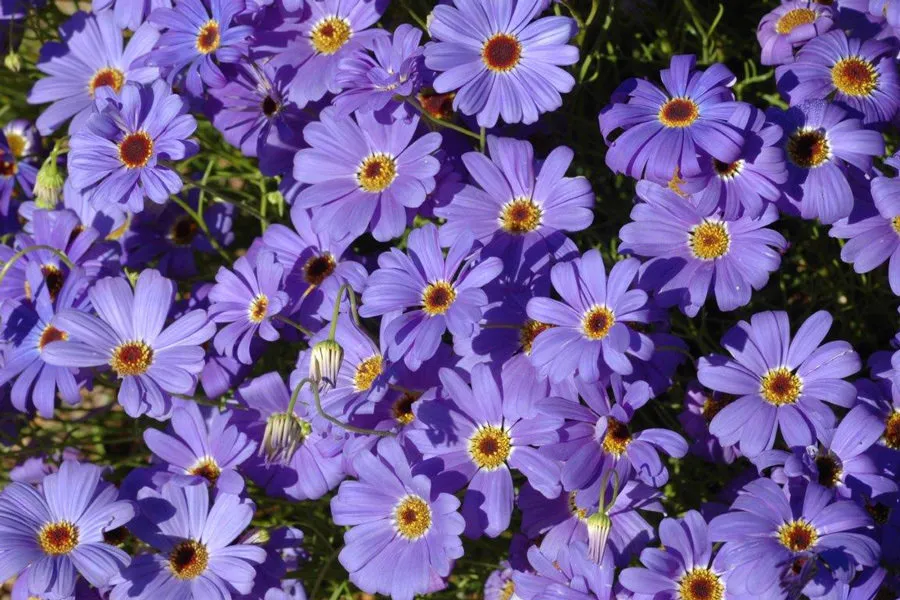
Lion's Tail
In the past, Lion's Tail could be seen on every plot, but its popularity is not as high today. It’s a pity—because the flowers look stunning thanks to their conical shape.
Seeds should be sown by the end of March into loose soil with added sand. Do not overwater the seedlings, and it is better to plant seedlings in the garden in mid-May—Lion’s Tail tolerates cold well.
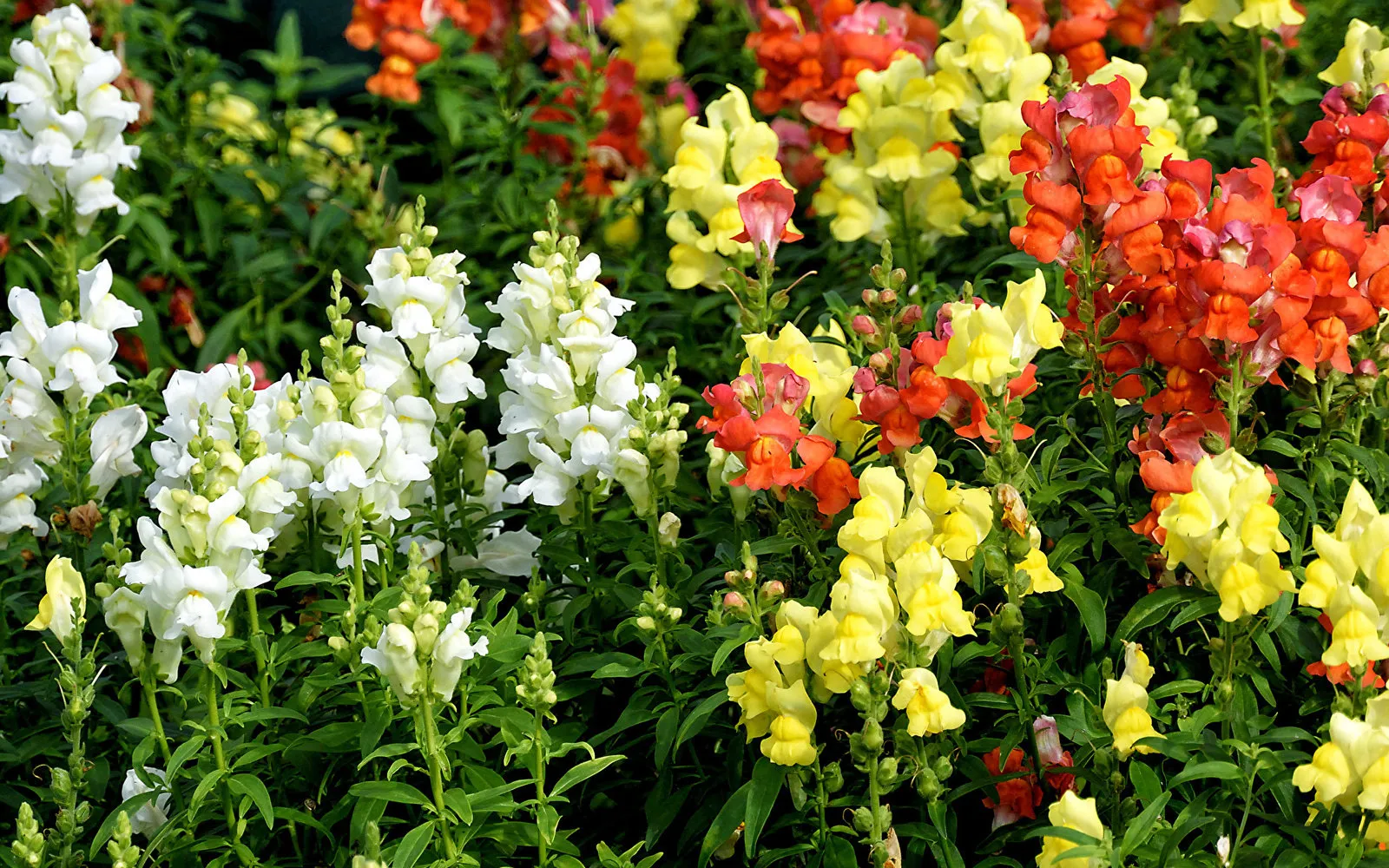
Annual Phlox
In Russia, phlox is sown through seedlings until the end of March, and first seedlings appear in 5–8 days.
As soon as the first leaves appear, you can start fertilizing the plant (twice per season).
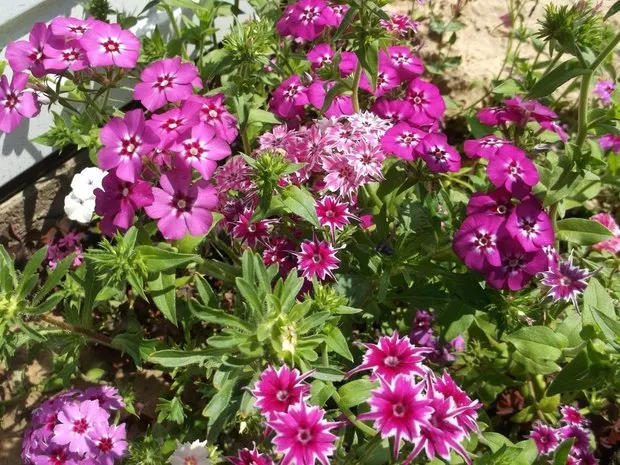
Lavender
Lavender can be planted from the middle of February to March 20th. Seeds should be dusted with river sand and watered with a sprayer. Immediately after germination, seedlings should be moved to a cool place to prevent death.
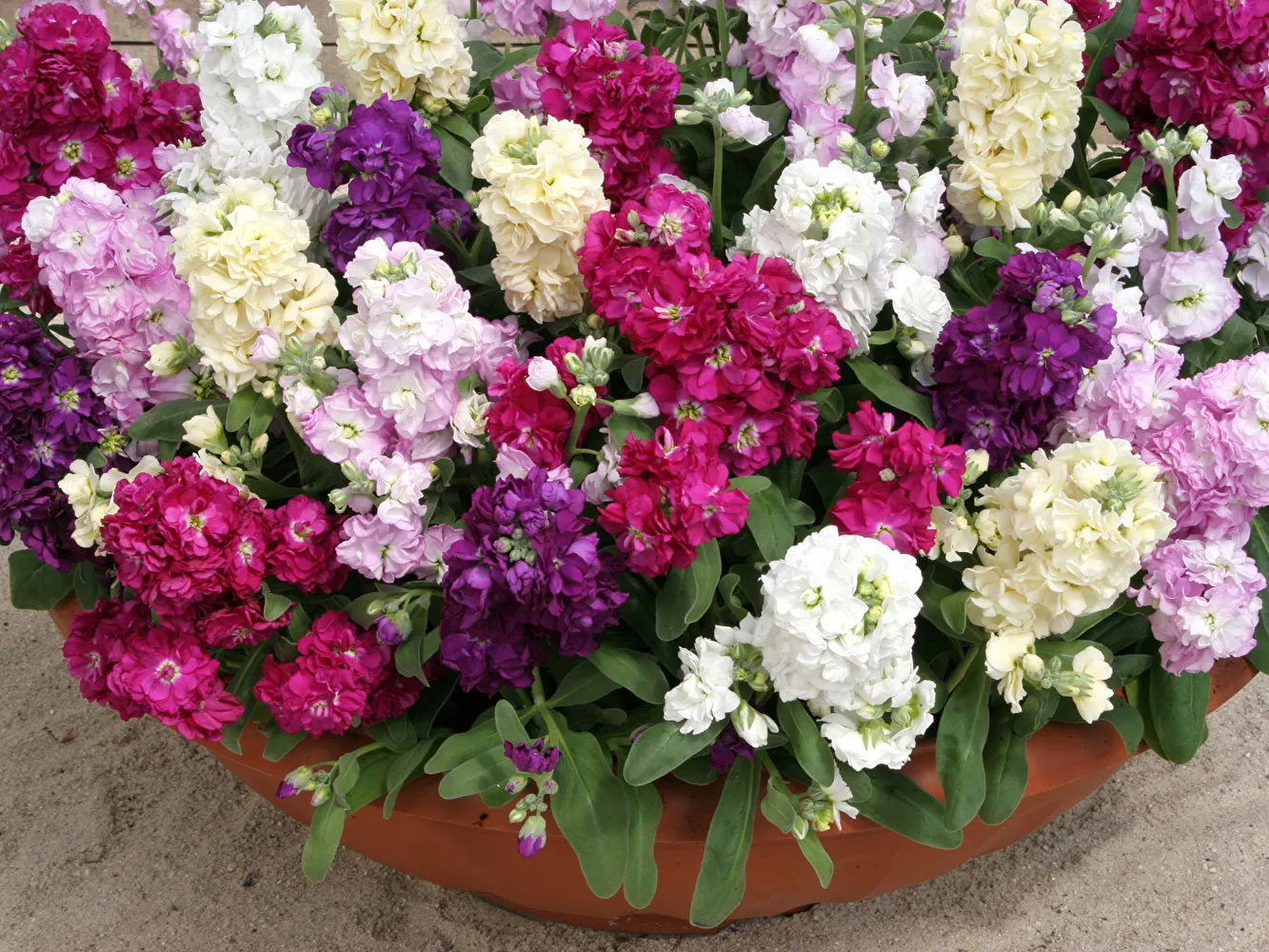
February Flowers
Plants that you couldn’t plant in February can be sown in March. For example, heliotrope, lavender, and lobelia will bloom beautifully in July.
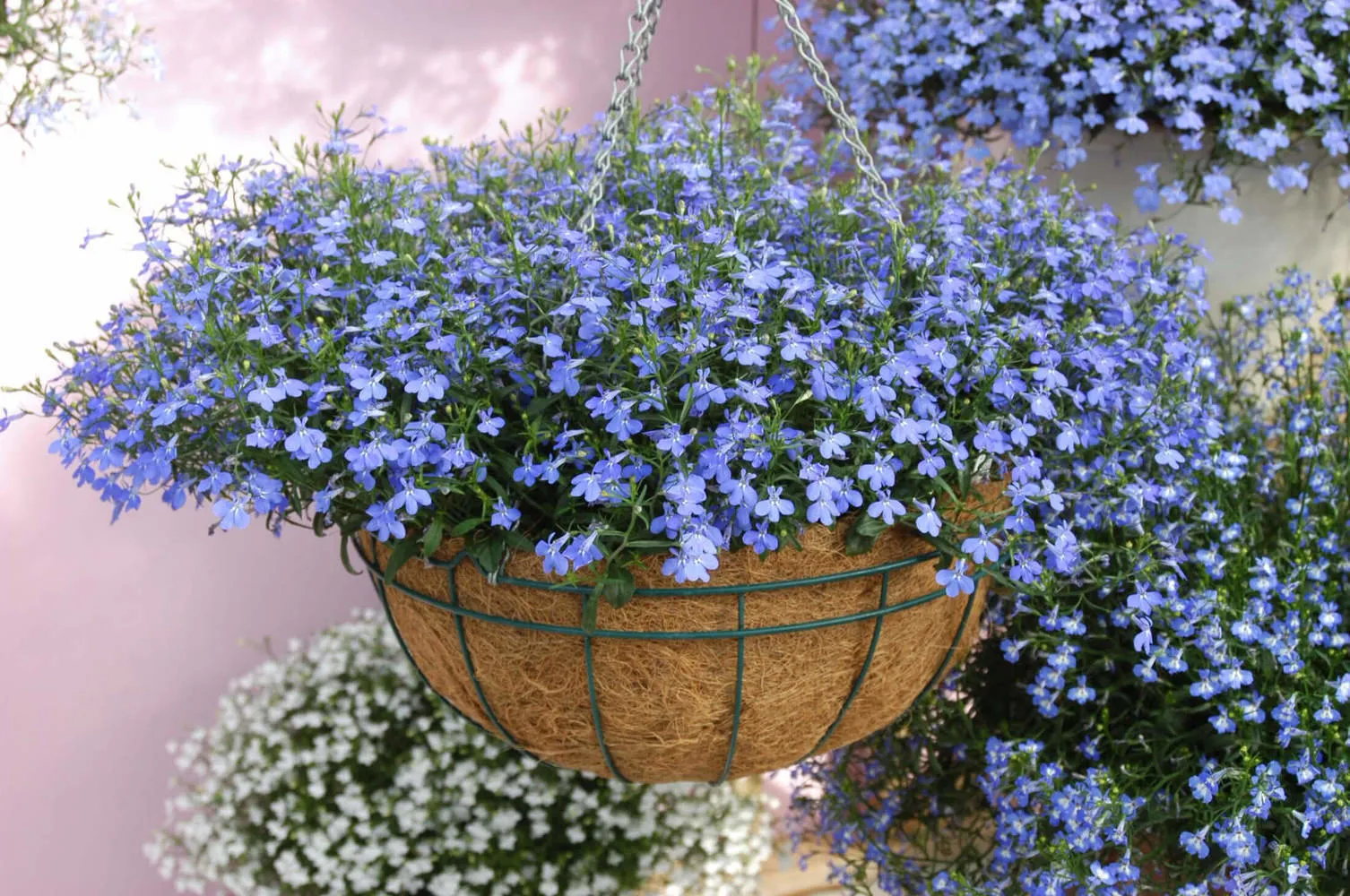
All photos: Pinterest
Besides the above-listed, you can also sow in March the following flowers: sea aster, sweet rocket, verbena, dichondra, silver leaf, ornamental cabbage, osteospermum, sweet rocket, sea aster, echium, ageratum, annual asters, arctotis, baby's eyes, gazania, helichrysum, sweet pea, tobacco, penstemon, salvias, celosia.
New trend — apartments with developer finishes: advantages + very beautiful examples
More articles:
 8 Things in an Apartment That Reveal the Poor Taste of Its Owner
8 Things in an Apartment That Reveal the Poor Taste of Its Owner Interior-2021: what will be in trend?
Interior-2021: what will be in trend? Refrigerator in Cabinet, Kitchen in Bathroom and Transparent Wall: 7 Cool Tricks from Pros
Refrigerator in Cabinet, Kitchen in Bathroom and Transparent Wall: 7 Cool Tricks from Pros What Designers Buy in IKEA for Their Projects
What Designers Buy in IKEA for Their Projects 8 dining areas where you'll want to host guests
8 dining areas where you'll want to host guests Dark Kitchen — It's Very Beautiful: 7 Clear Proofs
Dark Kitchen — It's Very Beautiful: 7 Clear Proofs 8 Cozy Bedrooms Where You Want to Spend the Whole Day
8 Cozy Bedrooms Where You Want to Spend the Whole Day How to Use the Balcony: Hookah Bar, Music Studio, Winter Garden and Other Cool Ideas
How to Use the Balcony: Hookah Bar, Music Studio, Winter Garden and Other Cool Ideas